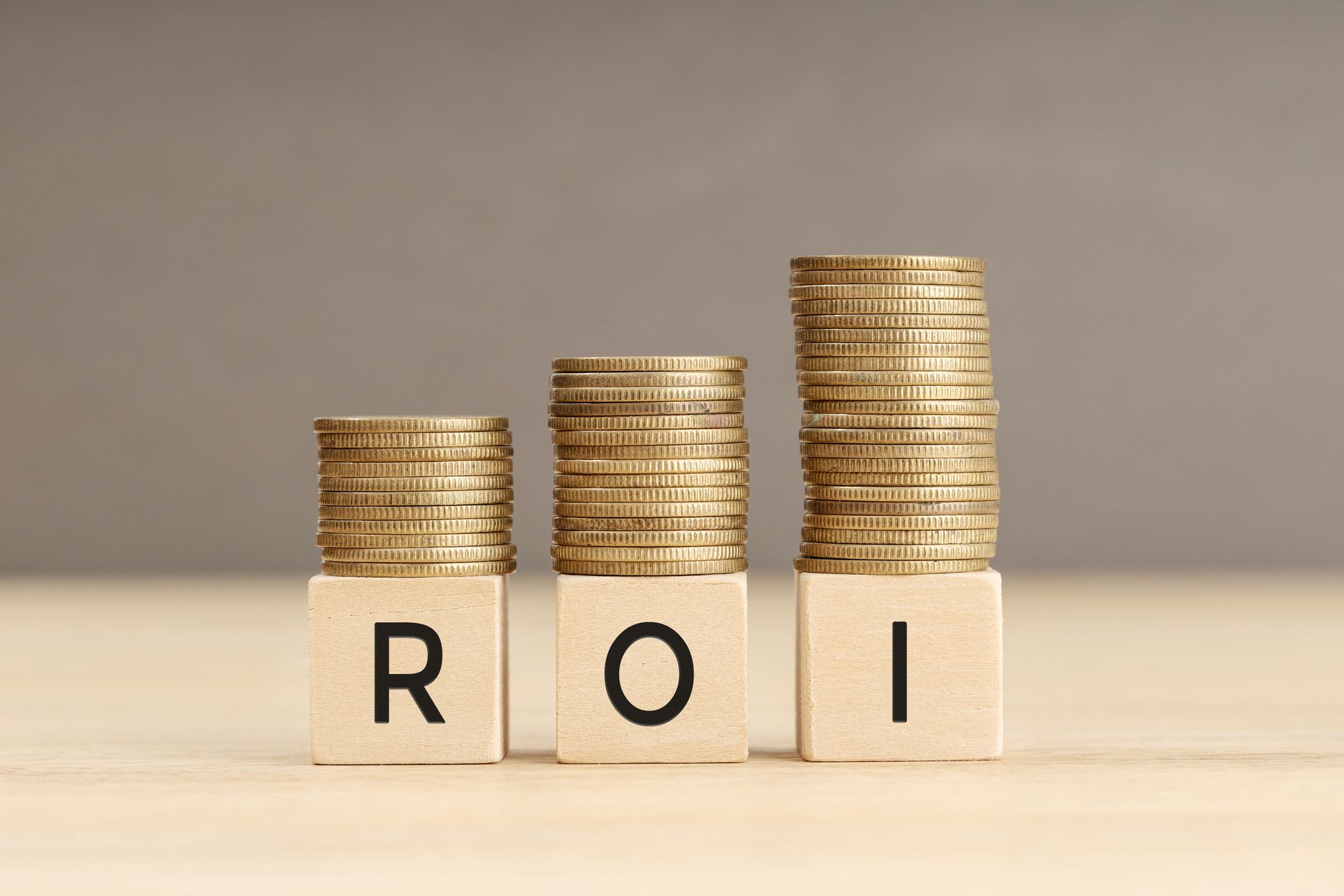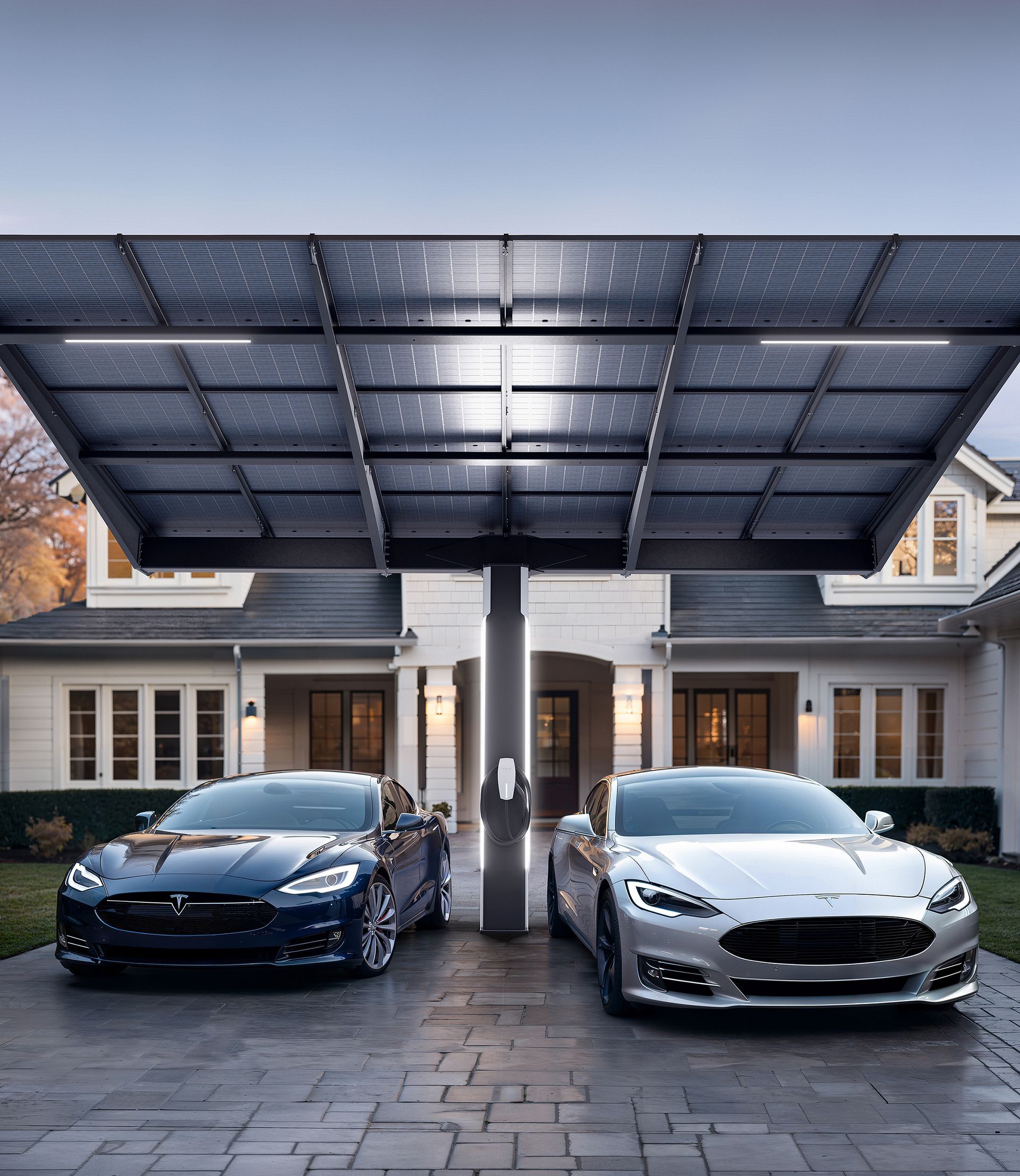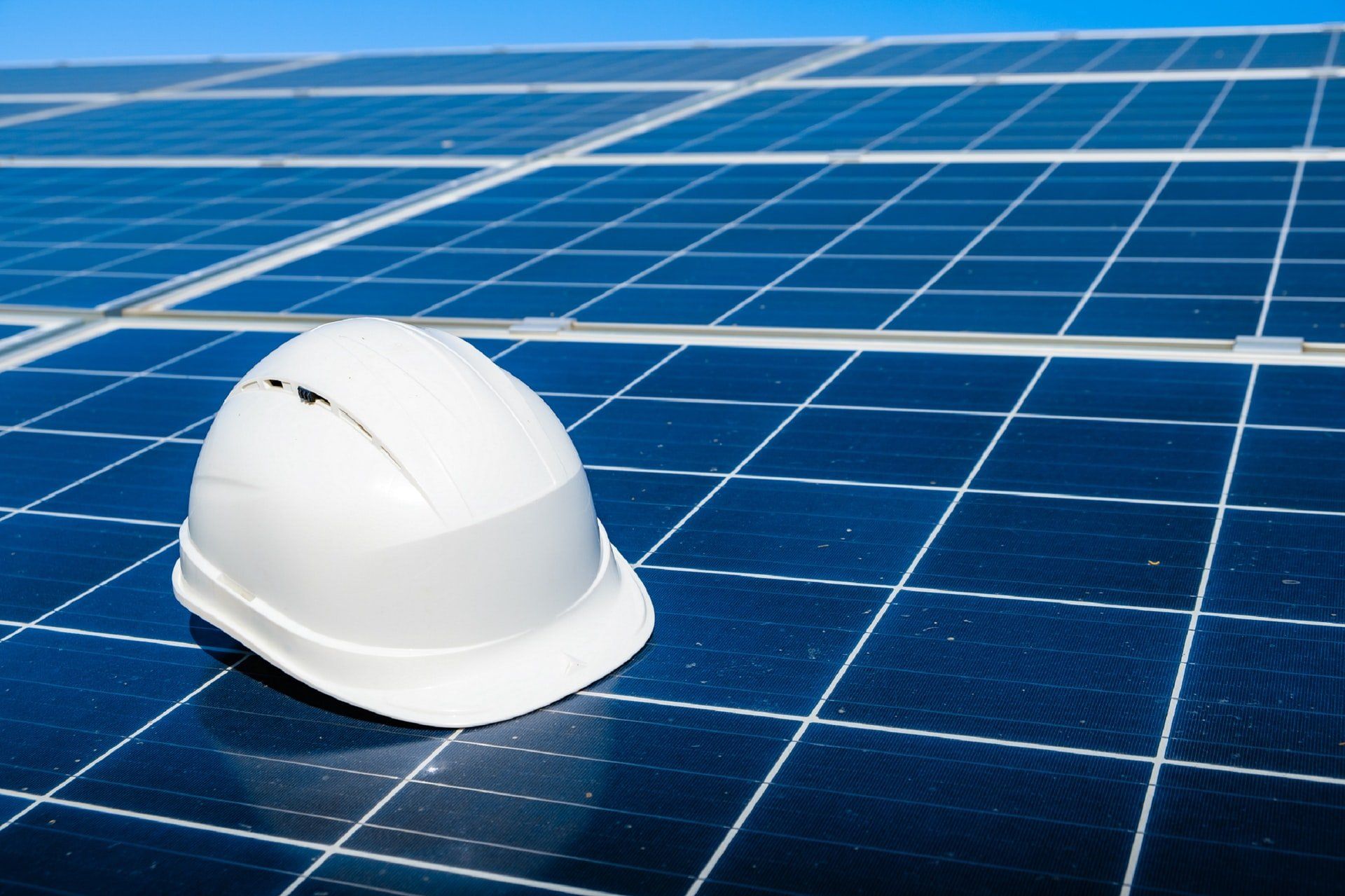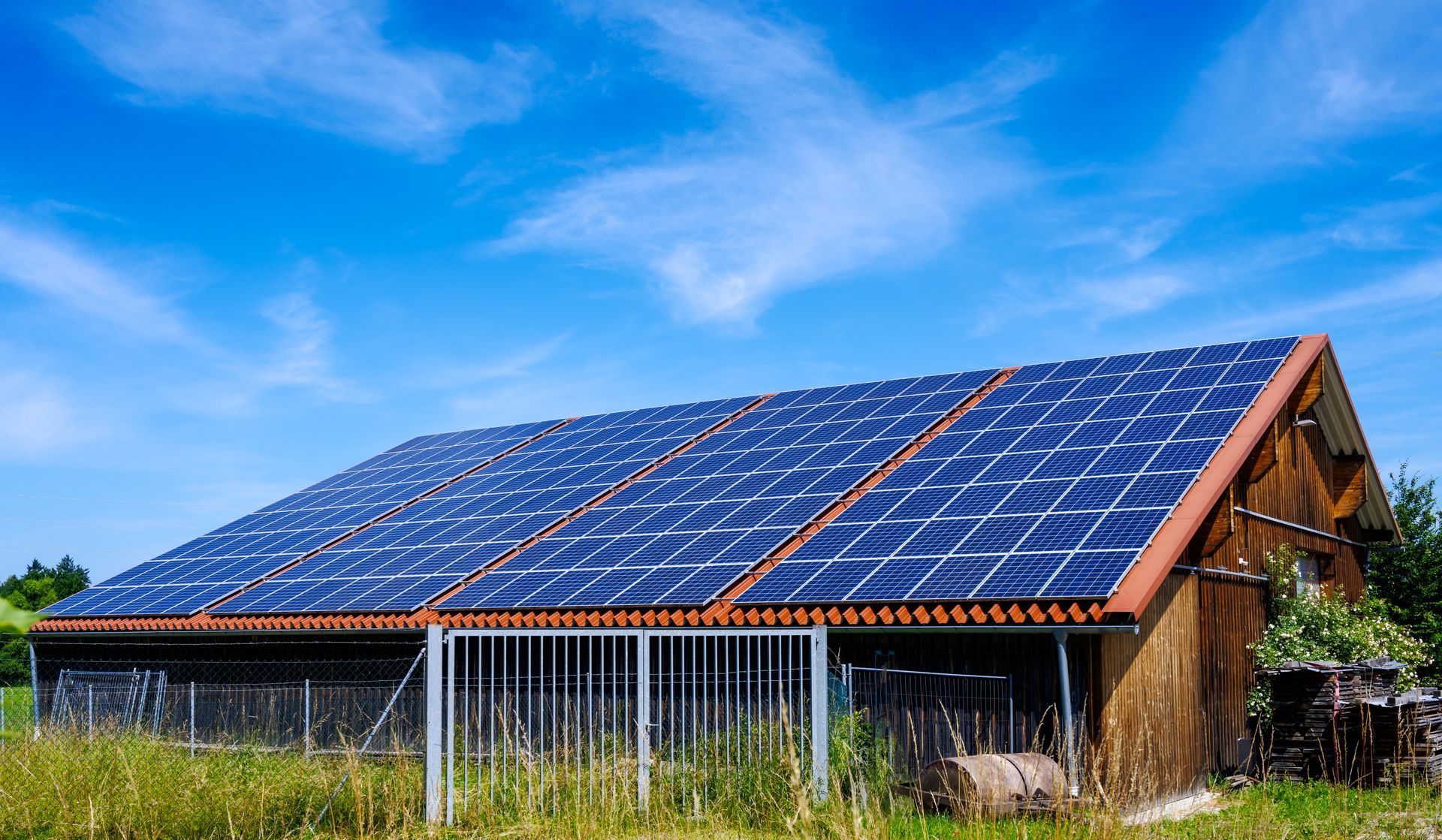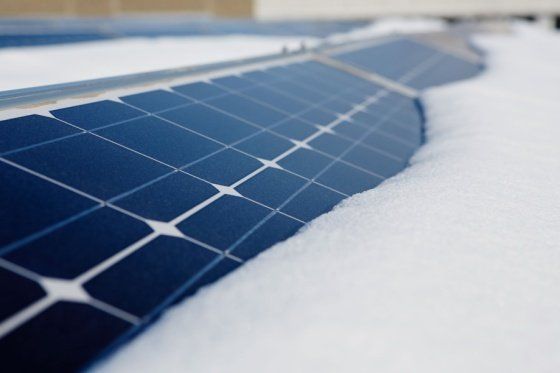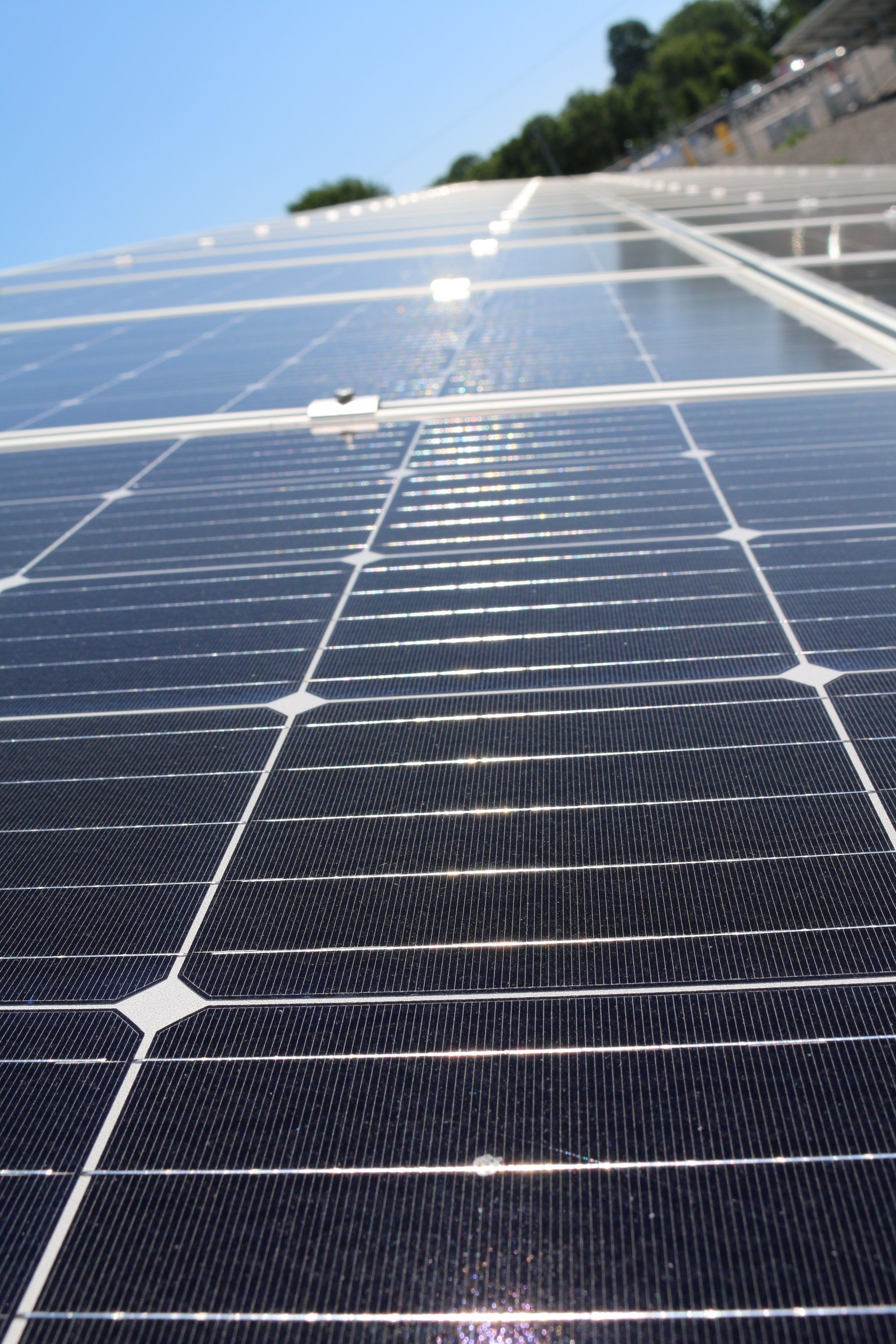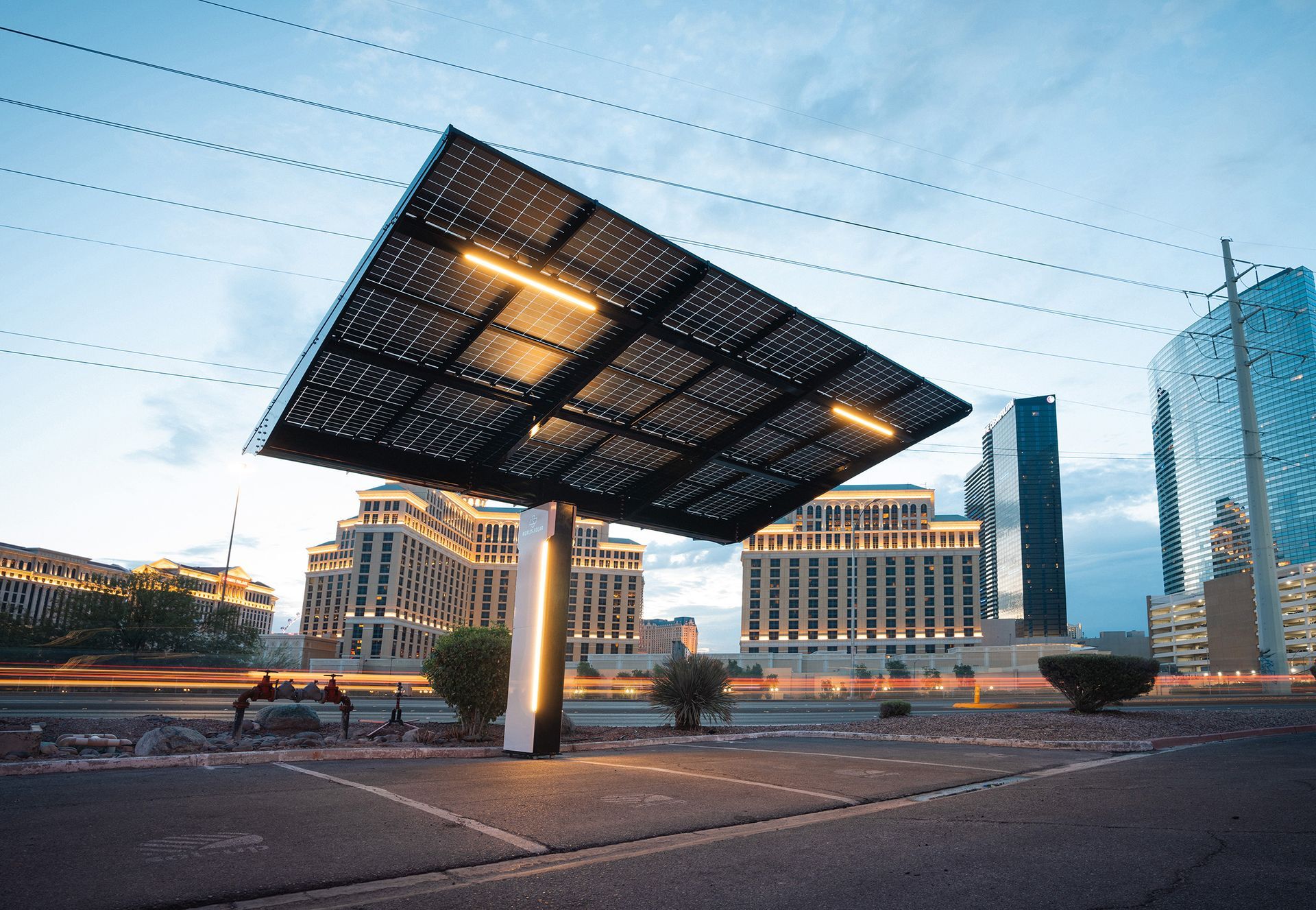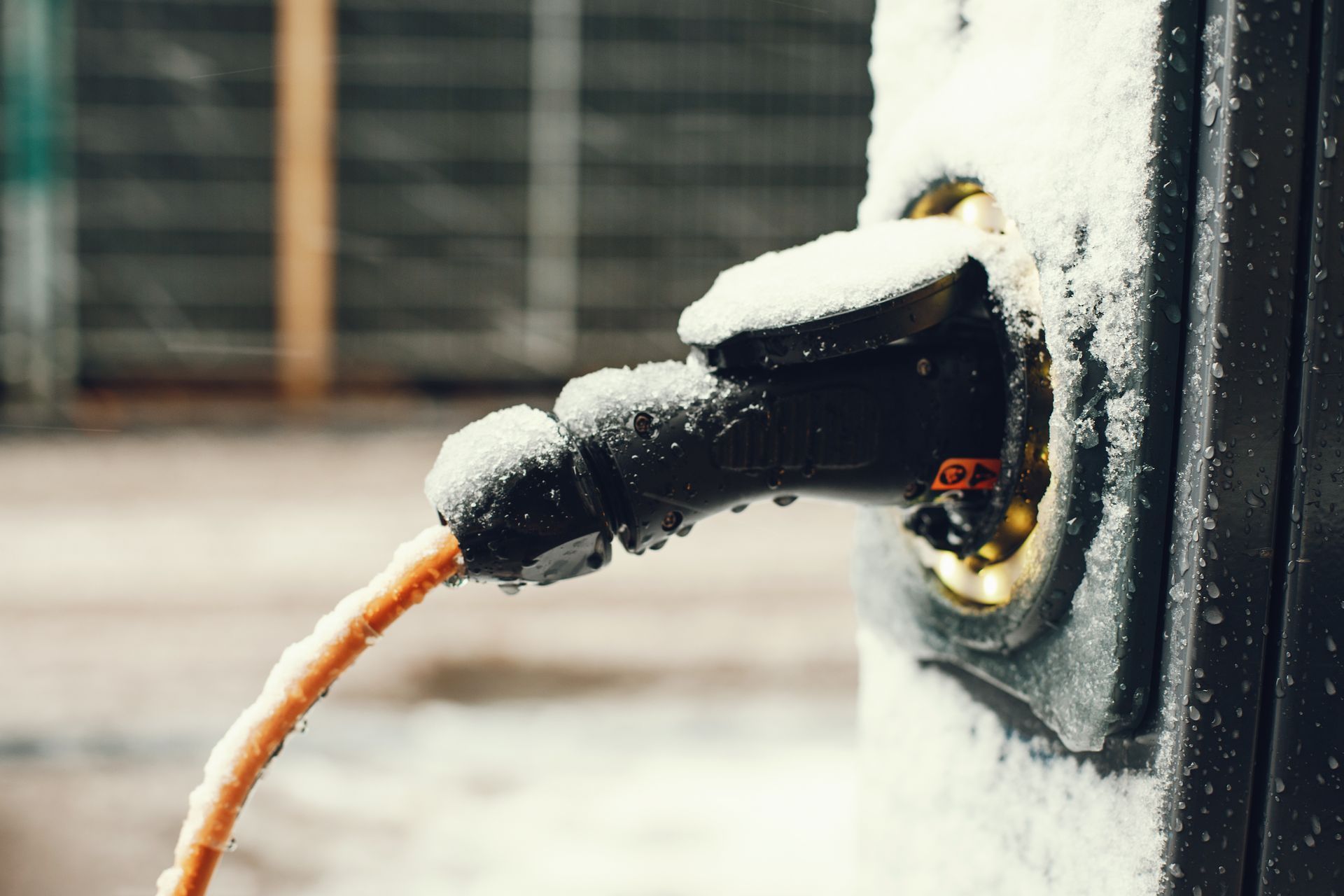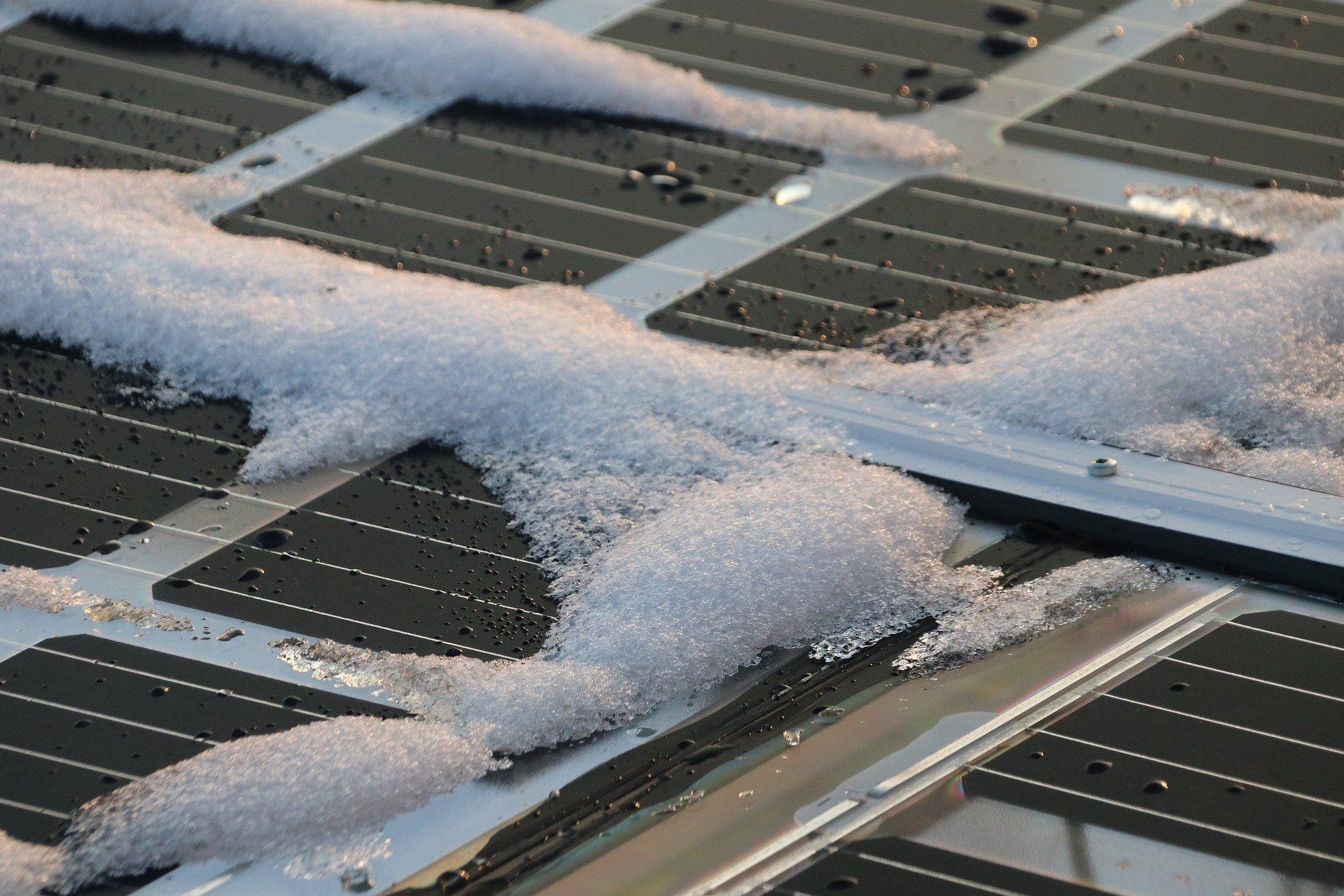Solar Energy ---- Roofing: Repair or Replace?
Solar Energy is the energy that is produced by the sun in the form of heat and light. It is one of the most renewable and readily available source of energy. The fact that it is available in plenty and free and does not belong to anybody makes it one of the most important of the non-conventional sources of energy. Solar energy has been used by people since ancient times by using simple magnifying glasses to concentrate the light of the sun into beams so hot they would cause wood to catch fire.
Mainly, Solar energy can be used to convert it into heat energy or it can be converted into electricity. Solar energy can be converted into electricity by means of solar thermal energy and photovoltaic. Through Solar Photovoltaic (SPV) cells, solar radiation gets converted into DC electricity directly. This form of energy can be used to power solar watches, calculators or traffic signals. They are often used in locations that are not connected to electricity grid. Solar heat energy can be used to heat water or space heating which means heating the space inside the building.
Roofing: Repair or Replace?
Deciding whether to repair or replace roofing is largely an exercise in timing — you don’t want to reroof too soon and waste money, but you don’t want to wait too long either.
Eventually, all roofs wear out and need to be replaced. You don’t want to do it too soon, because you’ll waste money. But you also don’t want to wait too long, because then you’ll end up with leaks and expensive water damage. To get the timing right, you need to know how to assess the overall condition of your roof and identify early signs of roof failure.
The national average for a new asphalt shingle roof is about $21,500, according to Remodeling’s 2010-11 Cost vs. Value Report, of which you’ll recoup $12,800 at resale (59.5%). For high-end materials, such as standing-seam metal, the cost jumps to as much as $38,000.
If most of your roof is still in good shape, a spot repair makes sense. But if there are signs the roof is wearing out, or if it is more than 20 years old, replacing it may be the smarter choice.
Be Alert to Early Signs of a Roof Leak
If you check the condition of your roof at least once a year, you should be able to plan in advance for necessary repairs. Early signs of trouble include dark areas on ceilings, peeling paint on the underside of roof overhangs, damp spots alongside fireplaces, and water stains on pipes venting the water heater or furnace.
From the outside, you can assess your roof’s health by viewing it through binoculars. Warning signs include cracked caulk or rust spots on flashing; shingles that are buckling, curling, or blistering; and worn areas around chimneys, pipes, and skylights. If you find piles of grit from asphalt roof tiles in the gutters, that’s a bad sign, since the granules shield the roof from the sun’s damaging ultraviolet rays. Black algae stains are just cosmetic, but masses of moss and lichen could signal roofing that’s decayed underneath.
If you’re inspecting on your own and find worrisome signs, especially if the roof is old or there has been a storm with heavy wind or hail, get a professional assessment.
